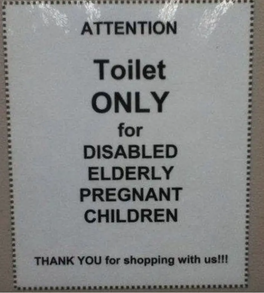AuthorHi, I'm Ray Evans. I'm a certified copyeditor and proofreader. Archives
September 2023
Categories |
Back to Blog
Ah, the humble comma, the unsung hero of punctuation. Or is it the bane of a writer's existence? I can never remember which. But either way, if you're a fiction writer, you're bound to encounter this squiggly little line that's always ready to leap into action, saving your readers from the dreaded wall of text. So, without further ado, let's explore some tips for mastering the mighty comma and improving the flow and clarity of your writing. The Mischievous Comma: Splicing SentencesMuch like a mischievous imp that sneaks around splicing sentences, the comma splice is a common error in writing. It occurs when two independent clauses are joined with just a comma, and not a coordinating conjunction. Just remember that if your clauses can stand on their own, they deserve more than a comma between them. Give 'em a little something extra – a semicolon, a period, or at the very least, a coordinating conjunction like "and" or "but." Dialogue DancerThe comma is a master of the dance floor when it comes to dialogue. Think of it as the punctuation cha-cha partner to quotation marks. When you're writing dialogue, commas are necessary for marking the end of a statement, question, or exclamation before a dialogue tag. Make sure the comma is inside the quotation marks, or it'll be left without a dance partner, and nobody wants that. The only exception to this is when the quoted material ends is an interrogative sentence: Example : "Who stole my nachos?" he demanded, glaring around the room. Oxford Comma: A Punctuation ControversyThe Oxford comma – or the serial comma, as it's known to its fans – is the comma used immediately before the coordinating conjunction (usually "and" or "or") when listing three or more items. Some people love it, some people hate it, but either way, it's got a loyal following that would rival the latest boy band craze. For clarity's sake, I'm pro-Oxford comma, but you should pick a side and stick to it. Consistency is key in punctuation, much like a good punchline. The Comma is a Clause WhispererLike a skilled animal trainer, the comma is excellent at wrangling independent and dependent clauses. When a dependent clause comes before an independent one, use a comma after the dependent clause to separate the two. However, if the independent clause comes first, no comma is needed. See? It's like magic – the kind that's performed by a street magician in Times Square at midnight. Example: Because she couldn't find her keys, Lucy was late for work. Pausing for EffectHave you ever listened to a story and thought, "Wow, this could really use a dramatic pause"? That's what commas do in writing. They let your reader take a little breather, allowing them to fully absorb the impact of your words. However, don't overdo it – too many commas can leave your readers gasping for air. In Conclusion,remember that the comma is like the drummer of the punctuation band, keeping the rhythm and flow
of your writing smooth and groovy. With practice and a little help from these tips, you'll become a comma connoisseur in no time. And who knows? You might even end up with groupies lining up to ask you about the Oxford comma debate.
0 Comments
Read More
Your comment will be posted after it is approved.
Leave a Reply. |
 RSS Feed
RSS Feed
